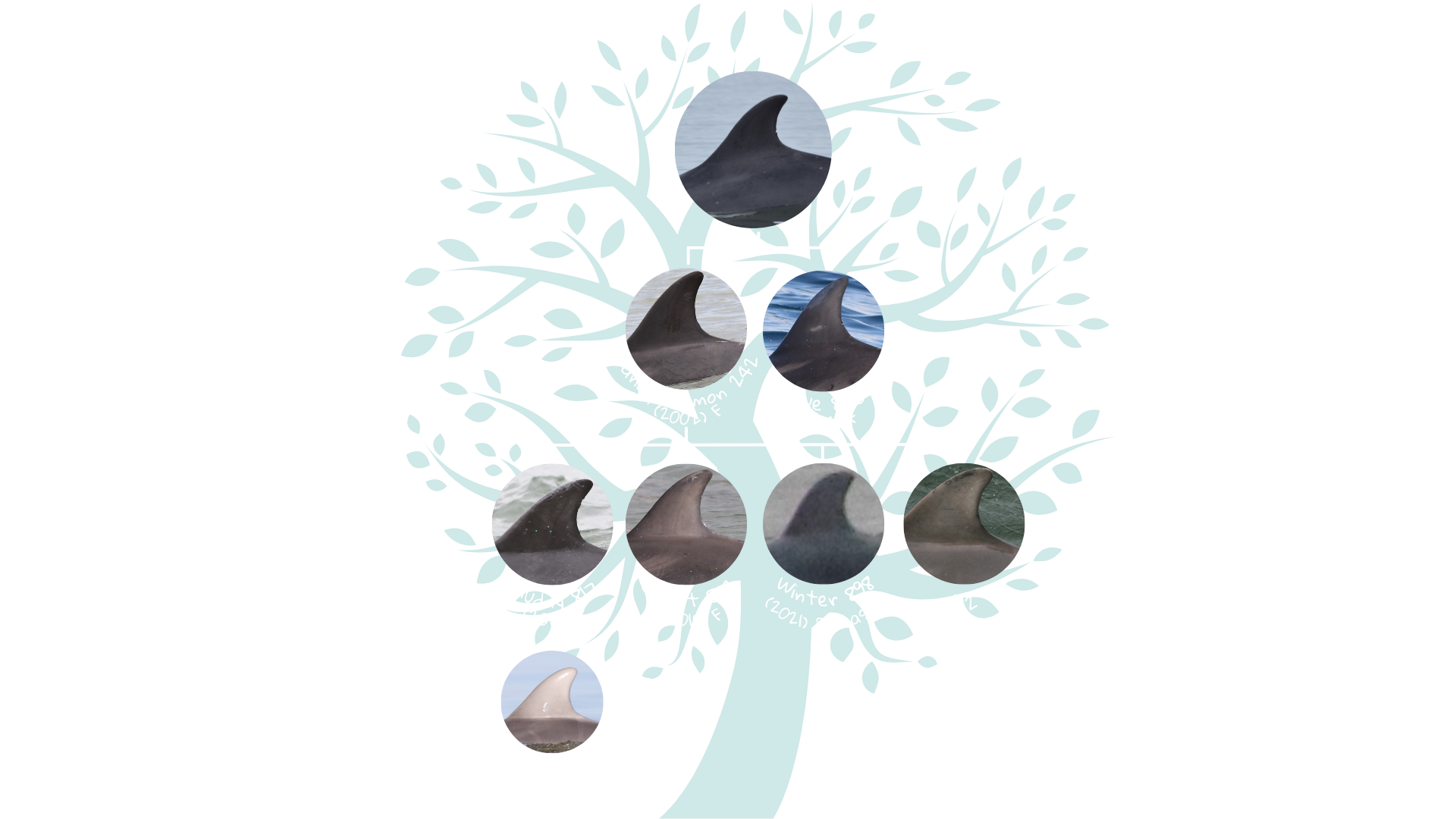
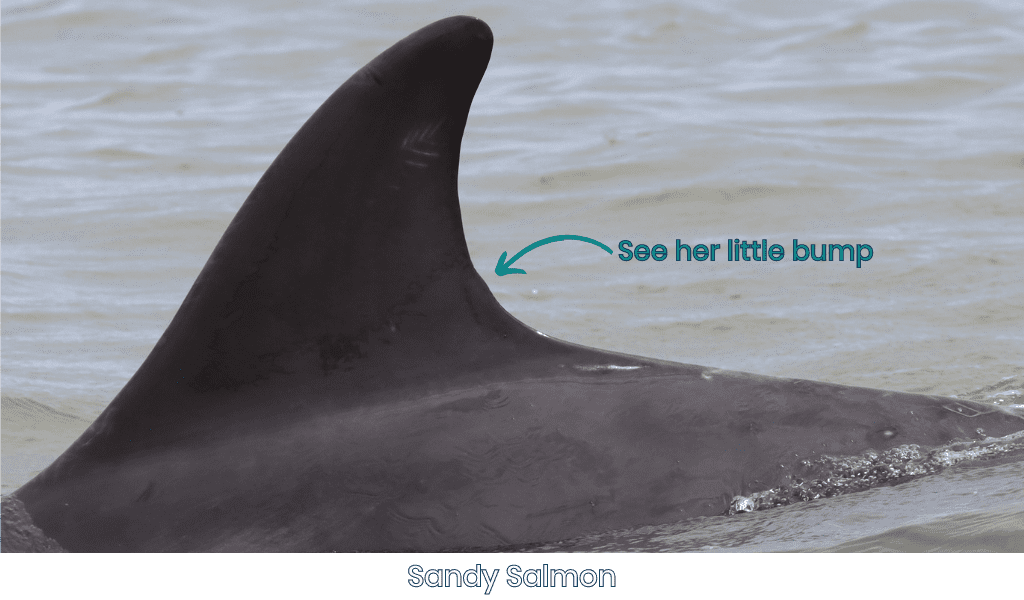
Sandy Salmon and her family
Sandy Salmon
Sandy was first added to the Shannon Dolphin Project Catalogue in 2003, and she is estimated to be at least 20 years old. She belongs to the group known as the “Innies”, a subgroup of Shannon dolphins regularly observed in the inner estuary. She is most commonly sighted near Money Point and Tarbert. It’s possible to spot her and her calves from the ferry across the estuary and from Tarbert pier. She frequently associates with other “innies” like Sarafina and Bob.
Sandy does not have any nicks or notches on her dorsal fin, so researches have to use other features to identify her. If you have a closer look of her fin you can see a little bump at the bottom of her fin. We always look for this characteristic feature to confirm her match. Can you see this bump in the photo?


Sandy Salmon live stranded in 2012
On the 1st of June 2012, the Irish Whale and Dolphin Group received a report from Breda Brosnan about a live-stranded bottlenose dolphin at Hannon Strand, Co. Kerry. The dolphin did not have any sign of major injury and seemed to be in good physical condition, but it was starting to overheat, with her breathing rate was decreasing.
Rather than awaiting the arrival of whale pontoons from the opposite side of the estuary, responders Dr. Joanne O’Brien (IWDG/ATU) and Barry O’Donoghue (NPWS), with the help of locals Conor and Finbar Breen, Mark O’Brien, and Mike-Joe Hennessy, used a tractor with a large transport box to successfully return her into the water. The dolphin was observed swimming for 10 minutes until disappearing.
Later, in September, she shocked researchers onboard Dolphinwatch Carrigaholt boat, when she was seen swimming with a newborn calf. It turns out that the dolphin was heavily pregnant when she live stranded. Two lives were saved that day. She was photographed more times during that summer from the Kilrush based Dolphin Discovery tour boats and she seemed healthy and well.
This female dolphin was named Sandy Salmon due to the sandy beach and the regurgitation of a piece of salmon during the incident, and the calf was named Muddy Mackerel to match her mother’s name. Muddy is now 11 years old and is regularly seen with her mother Sandy and other Shannon dolphins with whom she has grown up in the estuary.
The loss of one dolphin, especially an adult female, could have had a significant impact on the Shannon dolphin population, thus highlighting the importance of the prompt action and public reports.

Sandy has since been tracked back to 2005 when she was a calf, so we know Muddy is a third-generation dolphin, that is to say, we know who her mother and grandmother are. 071 is Muddy’s grandmother and Sandy’s mother, being the matriarch of this family. Sandy also has a sister called Rue who was born in 2014. Muddy is the oldest grand-baby in the SDP catalogue.
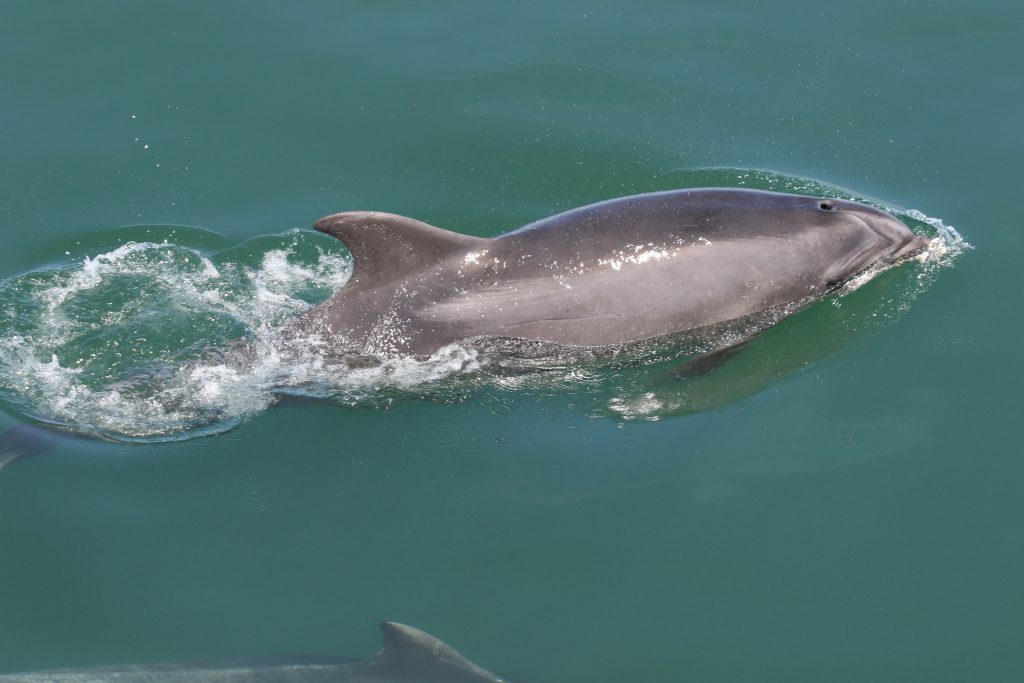
071 Sandy’s mother
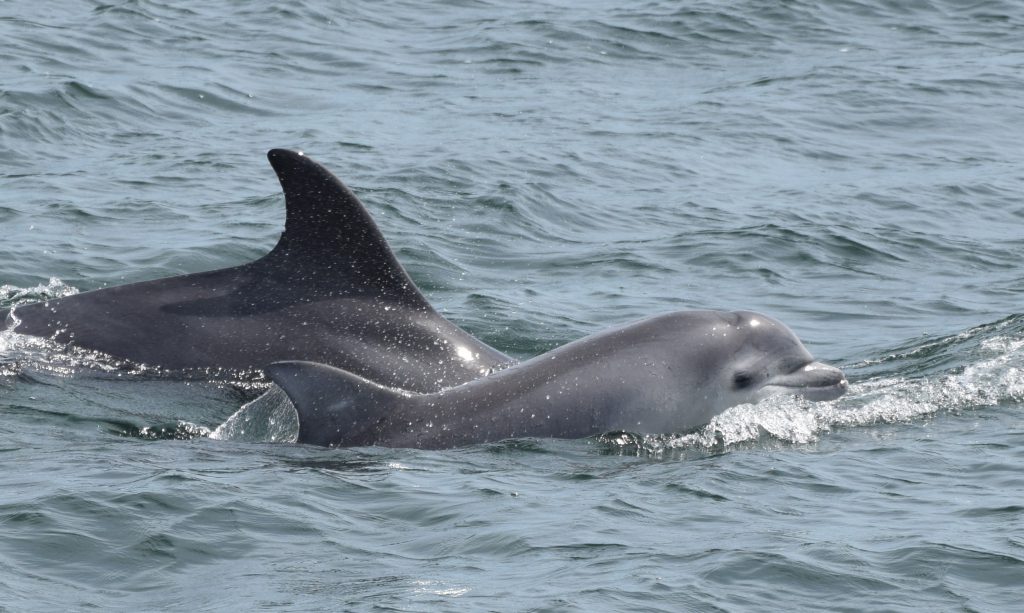
071 (Sandy’s mother) and Rue (Sandy’s sister)
Sandy has gone on to have several more calves since Muddy; Comet (2016), Winter (2021), and most recently #912 (2022).

Sandy and her second daughter Comet

Sandy and her third calf Winter
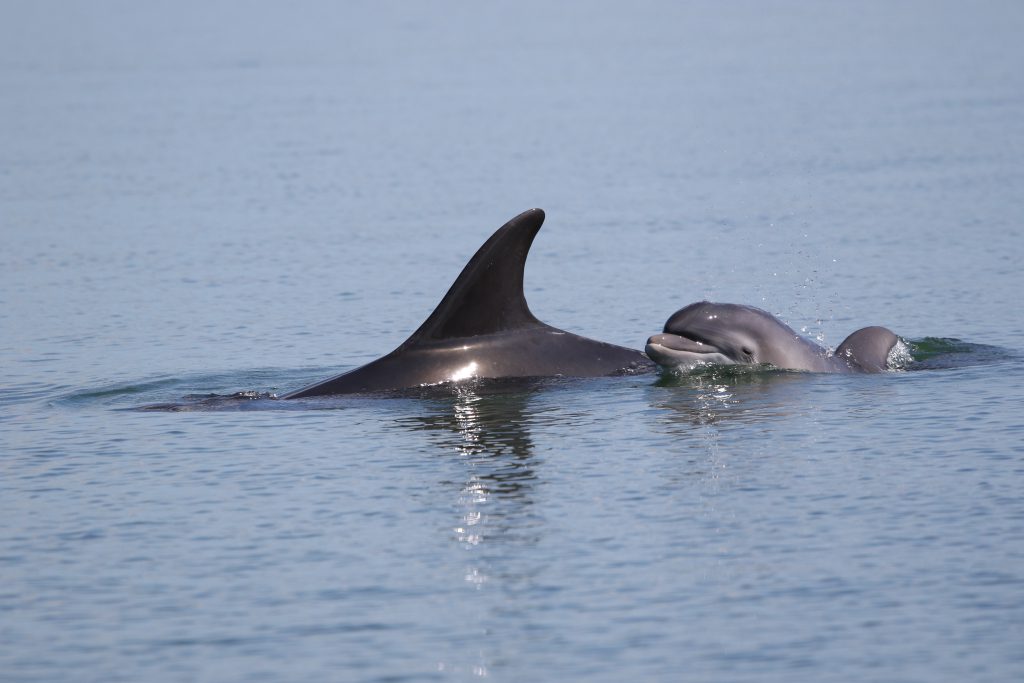
Sandy and her youngest calf 912
Winter and Citizen Science
On the 6th of February 2021, Barry Keane, a skipper on the Shannon Ferries, reported to us a very young calf in the inner Shannon estuary. SDP researcher and Strandings Officer, Stephanie Levesque, captured some images and it turned out the new baby was surfacing with our beloved dolphin Sandy. Later, on the 7th of March, Kilrush local, Jonh Glynn, kindly emailed us some images he had taken of a group of dolphins in Aylevarroo Bay. These images again showed the new calf surfacing with Sandy, so we could confirm she was the mother. It is rare that bottlenose dolphins give birth during winter, so SDP Officer, Mags Daly, named this calf Winter (898). When the IWDG fieldwork season started in mid-April, the team spotted Sandy a few times in the estuary but not Winter. Calves this young will always stay close to their mother, we could only presume that winter did not make it. It is only because of Barry Keane and Jonh Glynn reports that we know Winter existed at all.
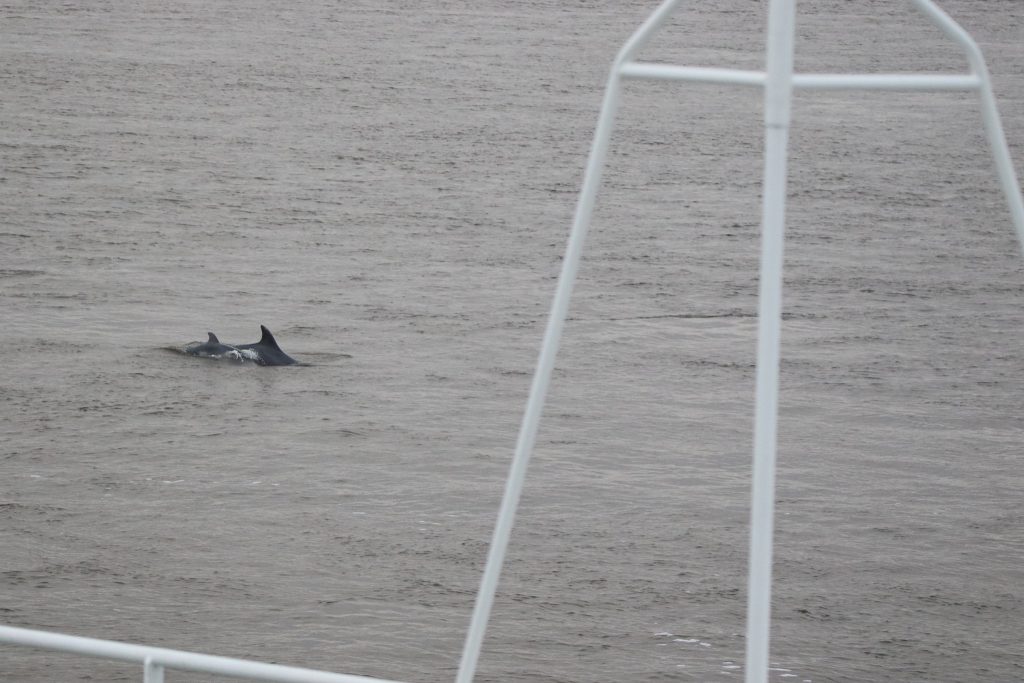
First image of baby Winter and Sandy from the Shannon Ferries
With the exception of Winter, all of Sandy’s calves have survived, making her a very important female in the population.
In 2023, Muddy had her first known calf #932. This marks a significant milestone for our project, as #932 represents the first 4th generation animal in our catalogue, allowing us to trace the lineage back to #932’s mother, grandmother, and great-grandmother (#071).
Muddy turned eleven in 2023, and as one of our favourite dolphins, the anticipation for her to have her first calf was growing, especially as Nala, another favourite dolphin we have watched grow up, only kept us waiting until she was seven before welcoming her first little one.


The close bond within Sandy’s family remains strong, with Muddy and the middle child, Comet, staying with their mother and their youngest sibling, #912, with the other ‘innies’ in the Inner Shannon Estuary.
Even when Muddy and the little one are not directly with Sandy, Comet can often be found socializing with her sister and new niece or nephew. In fact, it took a few sightings to confirm that #932 was indeed Muddy’s calf, as the calf surfaced in the mother-calf position regularly with aunt Comet. Comet is turning out to be a very involved aunt. We think of Comet as the current babysitter of the ‘Innies’, as she surfaces most frequently with calves, and not just the ones that are closely related to her.
Muddy has a long shallow notch on the top part of her dorsal fin’s trailing edge, but her most characteristic trait is her white scar on her tailstock, making her the easiest dolphin to spot from a great distance.

